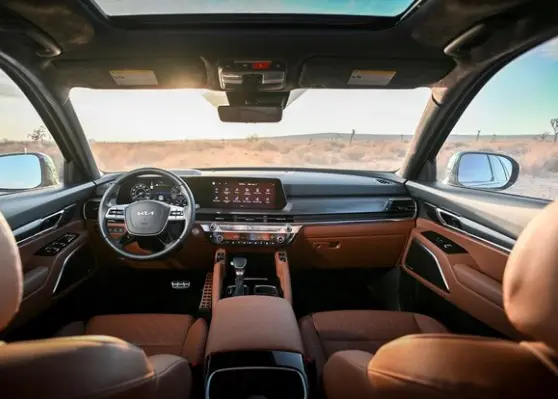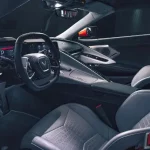Classic cars have an enduring charm that transcends generations. Their timeless designs and unique character make them automotive treasures. However, over time, the interiors of classic cars can deteriorate, losing their former glory.
In this article, we’ll explore the art of reviving classic car interiors through restoration and renovation, preserving both their aesthetic appeal and historical significance.
**1. The Necessity of Restoration:**
Classic cars often come with interiors that have seen decades of wear and tear. Faded upholstery, cracked dashboards, and tarnished trim are common issues. Restoration is a vital process that brings these vintage vehicles back to their original condition.
**2. Historical Preservation:**
Classic cars are not just vehicles; they are pieces of history. Restoring their interiors is an essential part of preserving their heritage. It allows future generations to experience the beauty and craftsmanship of these automotive relics.
**3. Authenticity Matters:**
Restoration of classic car interiors often involves meticulous research to ensure authenticity. This includes sourcing materials, fabrics, and finishes that match the original specifications of the vehicle. Attention to detail is crucial to maintaining the car’s historical accuracy.
**4. Upholstery Restoration:**
The upholstery of classic cars is a focal point of interior restoration. Skilled artisans work to reupholster seats, door panels, and headliners using period-correct materials and techniques. This process requires precision to recreate the original patterns and stitching.
**5. Dashboard and Instrument Panel:**
The dashboard and instrument panel are carefully restored to their former glory. This may involve refinishing wood or metal surfaces, restoring gauges and switches, and replacing cracked or faded dashboards with exact replicas.
**6. Refurbishing Trim and Hardware:**
Trim pieces and hardware are often unique to classic cars. Restoring or replicating these components is essential to maintaining the vehicle’s authenticity. This can include refinishing chrome accents, door handles, and other decorative elements.
**7. Carpets and Floor Mats:**
Carpets and floor mats play a significant role in the overall appearance of a classic car’s interior. Restoring or replacing worn-out carpets with high-quality materials can dramatically enhance the interior’s aesthetics.
**8. Safety Upgrades:**
While preserving authenticity is crucial, safety should not be overlooked. Some classic cars may benefit from modern safety upgrades, such as the installation of seat belts and airbags, to enhance passenger protection without compromising the vehicle’s appearance.
**9. Steering Wheel and Controls:**
Restoration often includes refurbishing or replacing the steering wheel and controls. This ensures that these critical components not only look pristine but also function correctly for safe and enjoyable driving.
**10. Electrical Systems:**
Wiring and electrical systems in classic cars may need refurbishment to prevent electrical issues and improve reliability. Ensuring that lights, gauges, and accessories work as intended is an essential aspect of interior restoration.
**11. Soundproofing and Insulation:**
In some cases, classic car interiors benefit from improved soundproofing and insulation materials. This can enhance comfort and reduce noise levels, providing a more enjoyable driving experience.
**12. Customization Options:**
Restoration doesn’t always mean a return to the original state. Some classic car enthusiasts opt for customizations that align with their personal preferences while respecting the vehicle’s historical significance. These customizations can include upgraded audio systems, modern air conditioning, or personalized interior accents.
**13. Expertise and Craftsmanship:**
Restoring classic car interiors requires a high level of expertise and craftsmanship. Skilled professionals who specialize in classic car restoration possess the knowledge and skills to ensure that every detail is accurate and authentic.
**Conclusion: Preserving History and Beauty**
Restoring classic car interiors is a labor of love that pays homage to the craftsmanship and design of a bygone era. It ensures that these automotive treasures continue to captivate enthusiasts and collectors for generations to come. Whether you’re a classic car owner looking to revive your vehicle’s interior or an admirer of these timeless automobiles, restoration and renovation play a vital role in preserving history, beauty, and the joy of driving classic cars.


